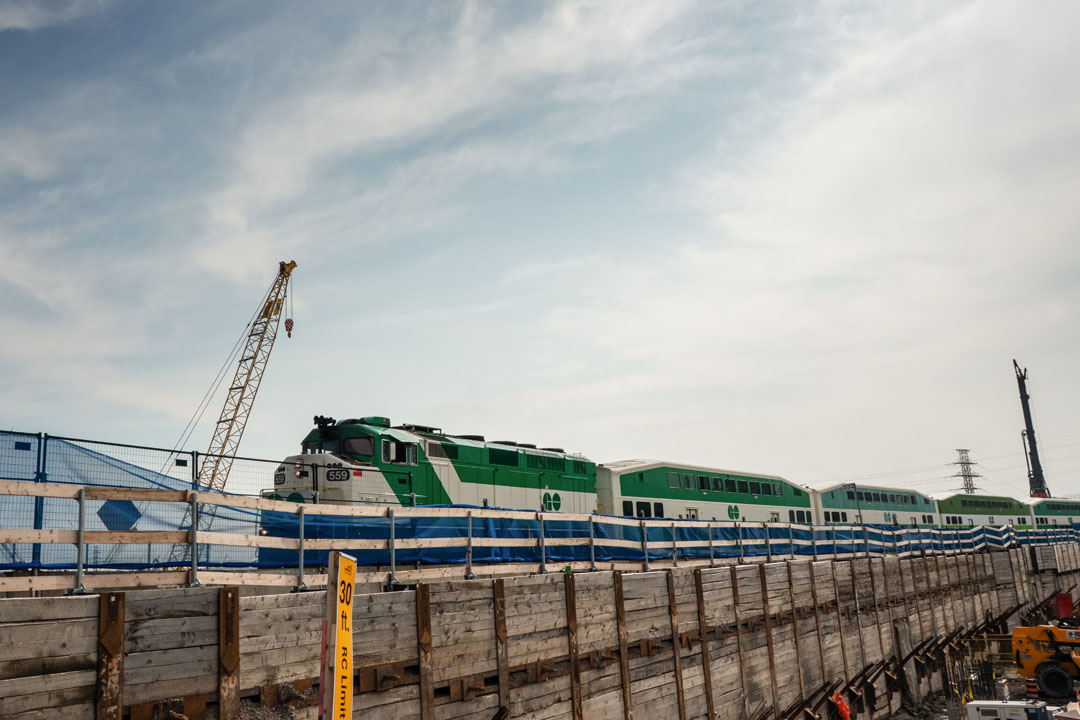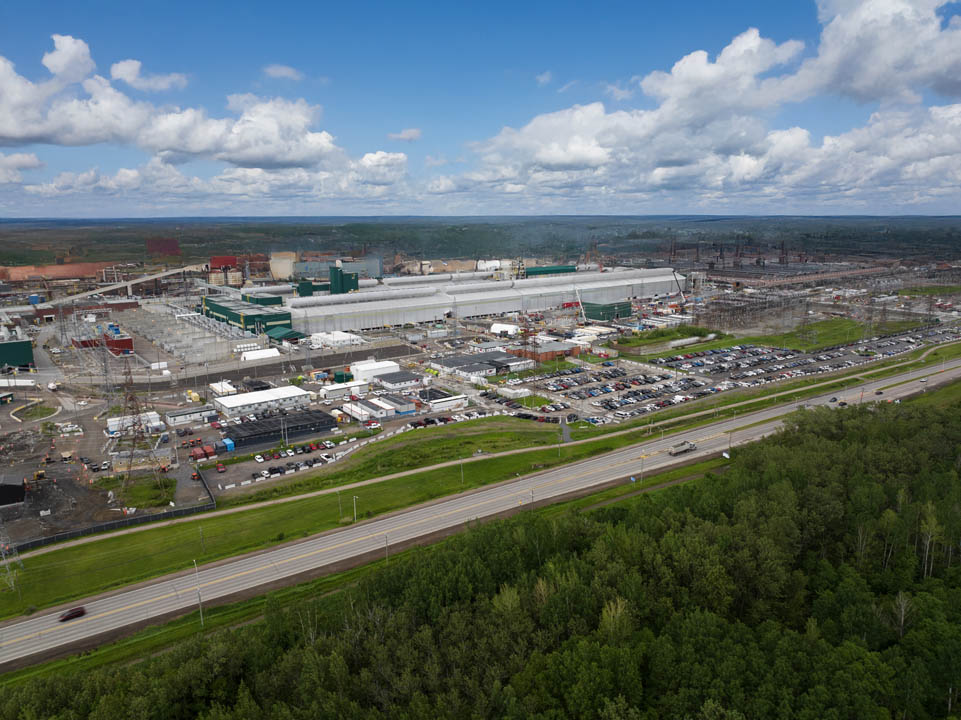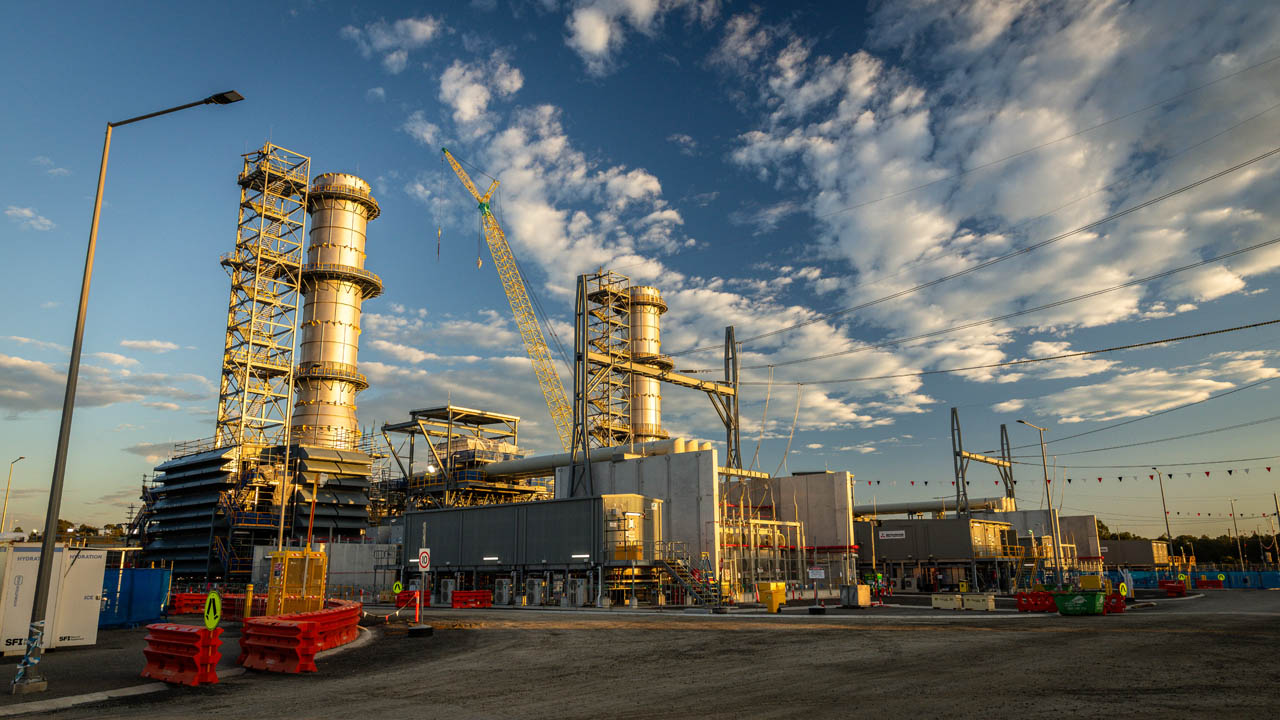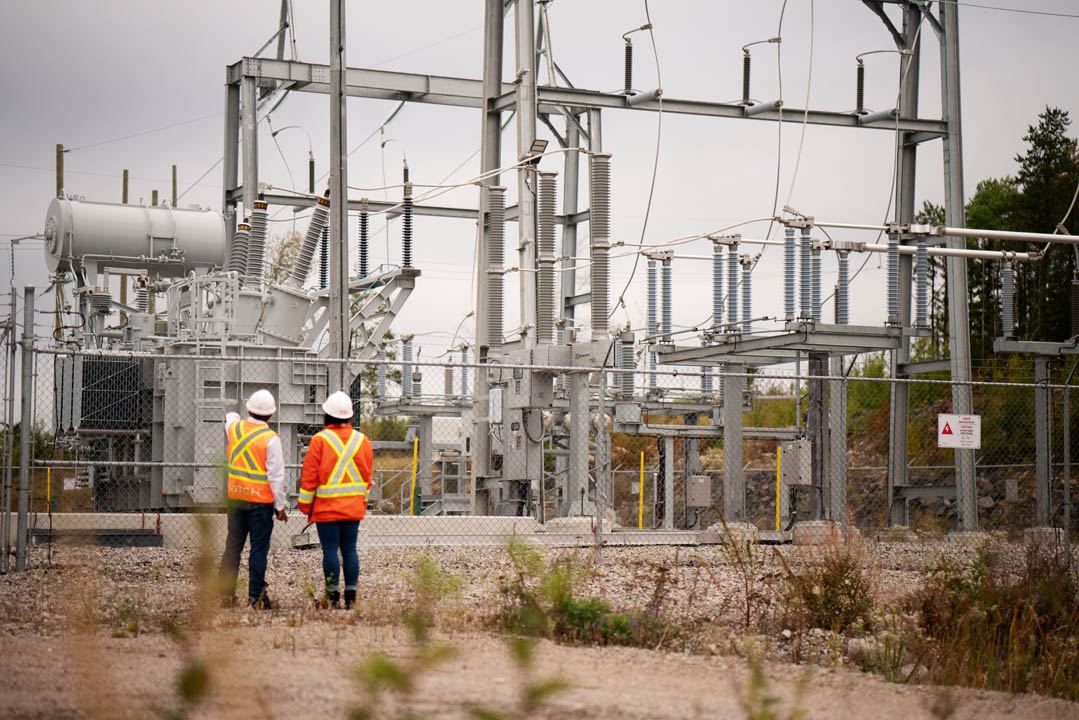Contractor delivery for successful project outcomes
Global research indicates that only 10% of projects deliver on time, 10% on budget, and 10% on the desired benefits,1 translating to a 1/1000 probability of achieving all three for a successful project.
The causes of these failures are many: not enough front-end planning, contracting strategies that lead to misallocation of risk, and work done in silos, unnecessarily triggering adversarial relationships.
Recognizing the importance of aligning project delivery solutions in the infrastructure, energy and metal sectors, Hatch has evolved an approach to project delivery that engages contractors and clients as partners.
Complexity and changing market demands
Often clients link cost and schedule certainty to contract style, especially construction contractor-delivered projects. This is a fallacy—80% of projects are delivered late2 with a 4.6% increase in project costs for every year delay.3 That’s $400 billion in annual schedule impacts. With 90% of projects experiencing cost overruns4 and an average overrun of 43% for mining,5 70% for infrastructure, and 46% for oil and gas,6 that equates to an estimated $14 trillion in overruns for projects underway. In an era defined by compressed schedules, geopolitical undercurrents, and rising social expectations, owners need a smart, aligned approach to contractor delivery. One that begins with trust and ends with successful outcomes. This starts with how we choose to work together with contractors.
A new approach to contractor delivery
We have responded to these challenges by establishing a new Contractor Delivery practice.
What is it?
Comprised of experts with years of experience delivering complex multidisciplinary projects, the team leverages its construction and contracting knowledge, its technical excellence, and its digital delivery expertise to bring efficiency and predictability, creating value for contractors. The team’s vision is to become the partner of choice for selected contractors in the metals, energy, and infrastructure sectors.
Why establish a Contractor Delivery practice?
Capital projects in the industrial space are characterized by large scopes, involving multiple stakeholders, and often with lump sum fees that can exceed hundreds of millions of dollars.
We often see failure when either the owners set up inappropriate contracting strategies or they’re not getting what they need from the contractors. This includes the following:
- Misaligned design and construction schedules
- Construction while design is being finalized, resulting in rework when design changes occur
- Construction teams requesting late design changes during engineering to reduce costs based on market feedback
- Misaligned design and construction roles and responsibilities
How are we addressing this?
We’ve developed a methodology to improve contractor delivery.
We believe in the fundamentals of front-end loading and establishing the correct contracting strategy with like-minded partners from the beginning. Success is more likely when the owners, contractors, and designers are at the table early on.
We believe that success is more likely when organizations share the same values and we seek contractor partners whose values align with our own. It all comes down to behaviors.
Our approach ensures that what’s designed can be built, that what’s built aligns with the client’s business case, and that all parties stay on course, even as conditions shift. We do this by adopting processes that we have developed and implemented successfully across our sector industries. These processes include:
De-risking projects through foresight: By leveraging 3D modeling, BIM, and space proofing, we identify systemic risks early, benchmark performance, and inform scenario modeling and decision-making, helping stakeholders understand the knowns and unknowns. Adoption rates are increasing but contractors lag behind in the use of BIM. That’s where we can help. Our experience with digital solutions can bridge the gap.
Synchronizing partners: From utilities and government regulators to modular fabricators and local communities, we ensure that every piece of the delivery puzzle moves in sync.
Empowering digital delivery: We integrate digital systems, ensuring tools are connected, current, and used for real-time decision-making across stakeholders.
Trust across boundaries: We understand that successful delivery hinges on relationships. We foster behavioral alignment across teams early on, creating the conditions for a “shared pain, shared gain” work model by reducing change orders and disputes, improving schedule certainty, and encouraging innovation and problem-solving.
In today’s increasingly complex project landscape, success demands more than traditional contracting models—it requires a fundamental shift in how owners and contractors collaborate. Our Contractor Delivery practice represents this shift, offering a proactive, integrated approach that aligns stakeholders from the outset, leverages digital innovation, and fosters trust-based partnerships. By focusing on front-end planning, behavioral alignment, and shared accountability, Hatch is redefining contractor delivery to drive predictable outcomes, reduce risk, and unlock long-term value. The result is projects that are delivered on time and on budget, while achieving the benefits they were designed to deliver—raising the bar for what success looks like in the infrastructure, energy, and metals sectors.
Our services
- Global procurement of equipment, bulk materials, systems, and services
- Assurance, procurement support, and requirements adherence
- Design management
- Technical management systems
- BIM “digital twin” integration design models
- Complete construction joint venture document control system
- Testing, commissioning, start-up, and ramp-up services
- Operational safety
- Construction support
- Commercial and contractual management
- Estimating using Hatch’s proprietary suite of tools
- Expertise in pre-assembly, modular and precast concrete design, logistics, and construction
- Systems integration.
- Flyvbjerg, “What You Should Know About Megaprojects and Why: An Overview,” Project Management Journal 45(2014): 6-19 Link
- McManus, “Managing big projects: The lessons of experience,” McKinsey & Company, May 18, 2016 Link
- J. Govreau, “Mining Industry Embraces Decarbonization Sea Change in 2022,” Engineering and Mining Journal 223, no. 1 (2022): 18-24 Link
- Flyvbjerg, “What You Should Know About Megaprojects and Why: An Overview,” Project Management Journal 45(2014): 6-19 Link
- M. Kuvshinikov, P. Pikul, and R. Samek, “Getting big mining projects right: Lessons from (and for) the industry,” McKinsey & Company, February 8, 2017 Link
- D. Ahiaga-Dagbui, S.D. Smith, P.E,D. Love, and F. Ackermann, “Spotlight on construction cost overrun research,” ARCOM Conference Proceedings, 2015 Link
Explore more: Annual review 2025
- PROJECT

East Harbour Transit Hub
- INSIGHTS
Efficiency by design: Delivering Capital projects in today’s markets
- PROJECT

AP60 Expansion Project
- INSIGHTS
Ushering in a new era of intelligent risk-based decision making in construction
- PROJECT

Zimplats Smelter Expansion
- INSIGHTS
Contractor delivery for successful project outcomes
- PROJECT

Hunter Power Project
- INSIGHTS
Are you leaving value on the table after the build?
- INSIGHTS
AI breakthrough in mineral processing unlocking millions in value
- INSIGHTS
The faster, the better? The intersection of rapid delivery and responsibility
- PROJECT

Newmont’s Yanacocha Water Transition Projects
- PROJECT

Wataynikaneyap Power Transmission Project
- PROJECT

Sound Transit’s System Expansion